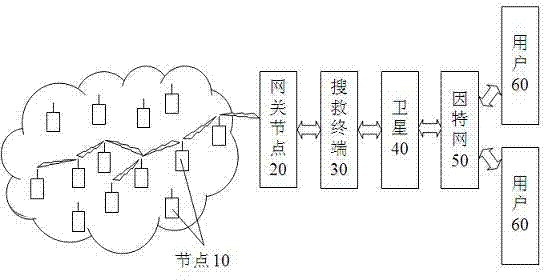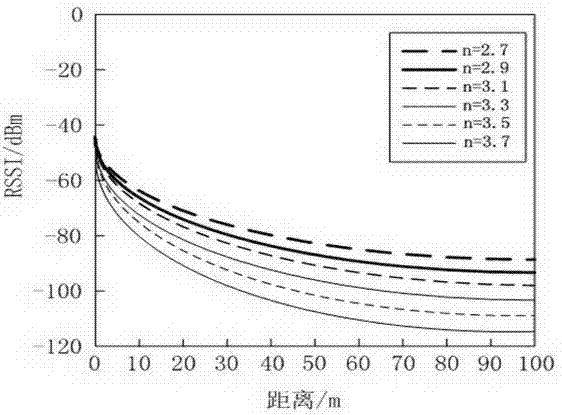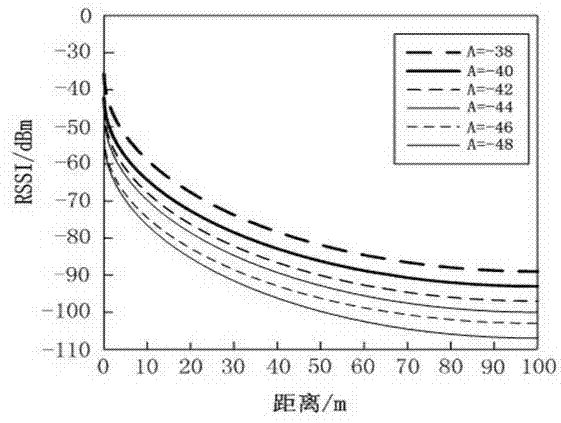Wireless sensor network search-and-rescue target location method based on maritime environment self-adaptation RSST distance measurement
A wireless sensor network and target positioning technology, applied in the field of wireless sensor network search and rescue target positioning algorithm, can solve the problems of low RSSI ranging and positioning accuracy
- Summary
- Abstract
- Description
- Claims
- Application Information
AI Technical Summary
Problems solved by technology
Method used
Image
Examples
Embodiment Construction
[0049] Such as figure 1 As shown, the wireless sensor network suitable for the search and rescue target positioning method described in the present invention includes a large number of nodes 10 on the sea, and these nodes 10 can be various types of survival equipment pre-installed on ships, survival craft, lifejackets and life buoys, etc. The sensor nodes, these nodes 10 are artificially turned on or activated when encountering seawater when a shipwreck occurs, and can self-organize into a wireless sensor network through the ZigBee protocol. Any node 10 can directly send information such as its own location to the gateway node 20, or forward it to the gateway node 20 through other nodes 10; these nodes 10 can also receive and forward information from the gateway node 20. The gateway node 20 can communicate bidirectionally with the search and rescue terminal 30, and the search and rescue terminal 30 can access the Internet 50 through means such as satellite 40, so that users 60...
PUM
 Login to View More
Login to View More Abstract
Description
Claims
Application Information
 Login to View More
Login to View More - R&D
- Intellectual Property
- Life Sciences
- Materials
- Tech Scout
- Unparalleled Data Quality
- Higher Quality Content
- 60% Fewer Hallucinations
Browse by: Latest US Patents, China's latest patents, Technical Efficacy Thesaurus, Application Domain, Technology Topic, Popular Technical Reports.
© 2025 PatSnap. All rights reserved.Legal|Privacy policy|Modern Slavery Act Transparency Statement|Sitemap|About US| Contact US: help@patsnap.com



